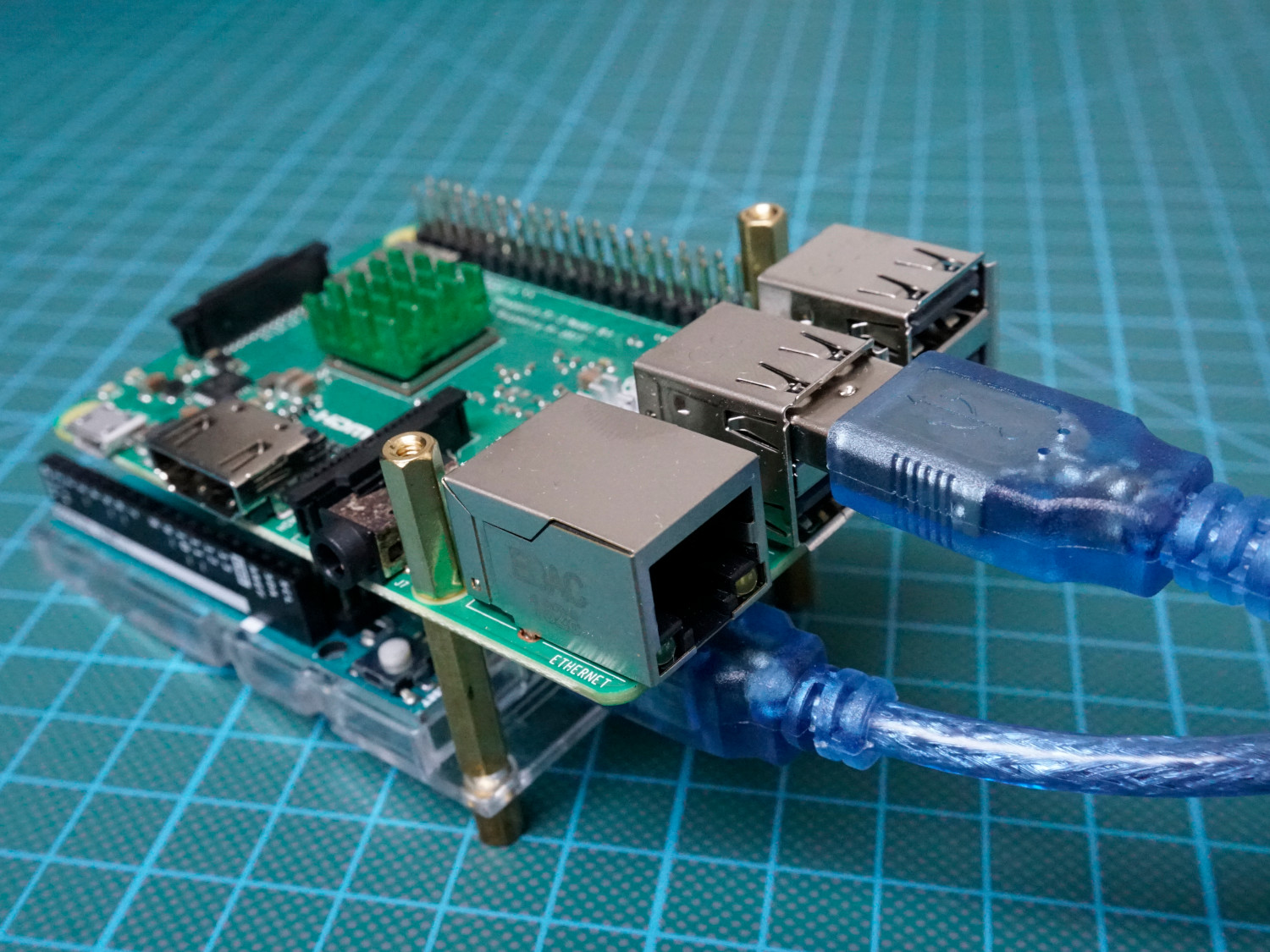
- C serial port example on raspberry pi how to#
- C serial port example on raspberry pi install#
- C serial port example on raspberry pi serial#
- C serial port example on raspberry pi update#
- C serial port example on raspberry pi code#
Once you have connected your USB-Serial adapter up and it is plugged into the Raspberry Pi, type the following in the terminal dmesg | grep ttyĢ.
C serial port example on raspberry pi serial#
In a practical application, you will be connecting your serial connection to an actual deviceġ. Have your USB-Serial adapter plugged into the RS232 adapter, and the USB end of the USB-Serial adapter to be plugged into your Raspberry Pi’s USB Ports.

We will be using a RS232 to TTL Adapter to create a loop back to the Raspberry Pi. To do so, you will either be prompted, or you can type sudo reboot Prerequisites After this, make sure to restart the Raspberry Pi. Once the Raspberry Pi has made the changes, you should see the following text appear on your screen. Select Yes when prompted to make use of Serial Port Hardware and press enter.Ħ. You will then be prompted to choose whether you want the login shell to be accessible over serial. On the next screen, use the arrow keys again to select “Serial“, and hit enterĥ. Use the arrow keys to select ‘Interfacing Options’ and click enterĤ. com/raspberry-pi-configuration-settings/. For more details on this check out: iot4beginners. This command will load up the Raspberry Pi configuration screen. To open the Raspberry Pi configuration tool type: sudo raspi-configģ. This will allow us to enable and disable the serial input/output interface. The GPIO pins on the board are assigned as:Ģ. To connect pins to the Raspberry Pi board, you can use either female to female wires to directly connect them or use a breadboard as in this tutorial. The RS232 to TTL adapter will have four connections which will be labelled: GND (Ground power-supply pin), RX (Received Data), TX (Transmitted Data), and VCC (Power-supply pin). Raspberry Pi with OS installed (available on the official website).Asynchronous serial communication is widely used for byte oriented transmission. Raspberry Pi uses UART (Universal Asynchronous Receiver/Transmitter) is a serial communication protocol in which data is transferred serially i.e.

It is also a simple, yet effective method of communication and is easy to learn and master for beginners. Serial communication is a widely used approach to transfer information between a system and peripherals connected to it. To do this, we use the GPIO pins provided on the board, and by the end of this article, you should be able to connect your Raspberry Pi to any serial device. Using serial communication with your Raspberry Pi is a simple and efficient way to read and write from and to an external device.
C serial port example on raspberry pi how to#
To do so, we need to first understand how to connect the Pi to read and write from the peripheral device.
C serial port example on raspberry pi code#
2008 modified by Tom Igoe This example code is in the public domain.Raspberry Pi has a plethora of applications and a huge range over which it can be put to use, for some of these applications we require to connect it to external sensors or devices. side pins of the potentiometer go to +5V and ground - LED connected from digital pin 9 to ground created 29 Dec. Center pin of the potentiometer goes to the analog pin. The circuit: - potentiometer connected to analog pin 0. Also prints the results to the Serial Monitor. Paste the code here: /* Analog input, analog output, serial output Reads an analog input pin, maps the result to a range from 0 to 255 and uses the result to set the pulse width modulation (PWM) of an output pin. Open Arduino IDE, go to File->Examples->03.Analog->AnalogInOutSerial and upload it to Arduino. You can play with different kind of deployment by referring following documents: According to Microsoft's documentation, we just made an Framework-dependent executable(FDE) which means the executable can only run on raspberry pi with proper version.NET Core Runtime installed. In the hello serialport project, we did the development on windows, build the linux-arm binary then run the binary on raspberry pi.

You should see installation info like this: net core 3.0 wget mkdir -p $HOME/dotnet & tar vzxf dotnet-sdk-3.0. -C $HOME/dotnet echo "export PATH=$PATH:$HOME/dotnet" > ~/.bashrc echo "export DOTNET_ROOT=$HOME/dotnet" > ~/.bashrc export PATH=$PATH:$HOME/dotnet export DOTNET_ROOT=$HOME/dotnetĪfter installation, verify with dotnet -info.
C serial port example on raspberry pi install#
net core dependencies sudo apt-get install curl libunwind8 gettext cd ~ # download.

C serial port example on raspberry pi update#
For simplicity, I will show you how to install.NET Core SDK on PI: # in raspberry pi terminal sudo apt-get update # install. Do note you should use the linux arm32 build for your PI. If you want to build and run the source code on PI, you need to install. If you want to build C# code on development machine and run the binary on PI, you just need to install. Install Visual Studio Code as C# code editor.


 0 kommentar(er)
0 kommentar(er)
